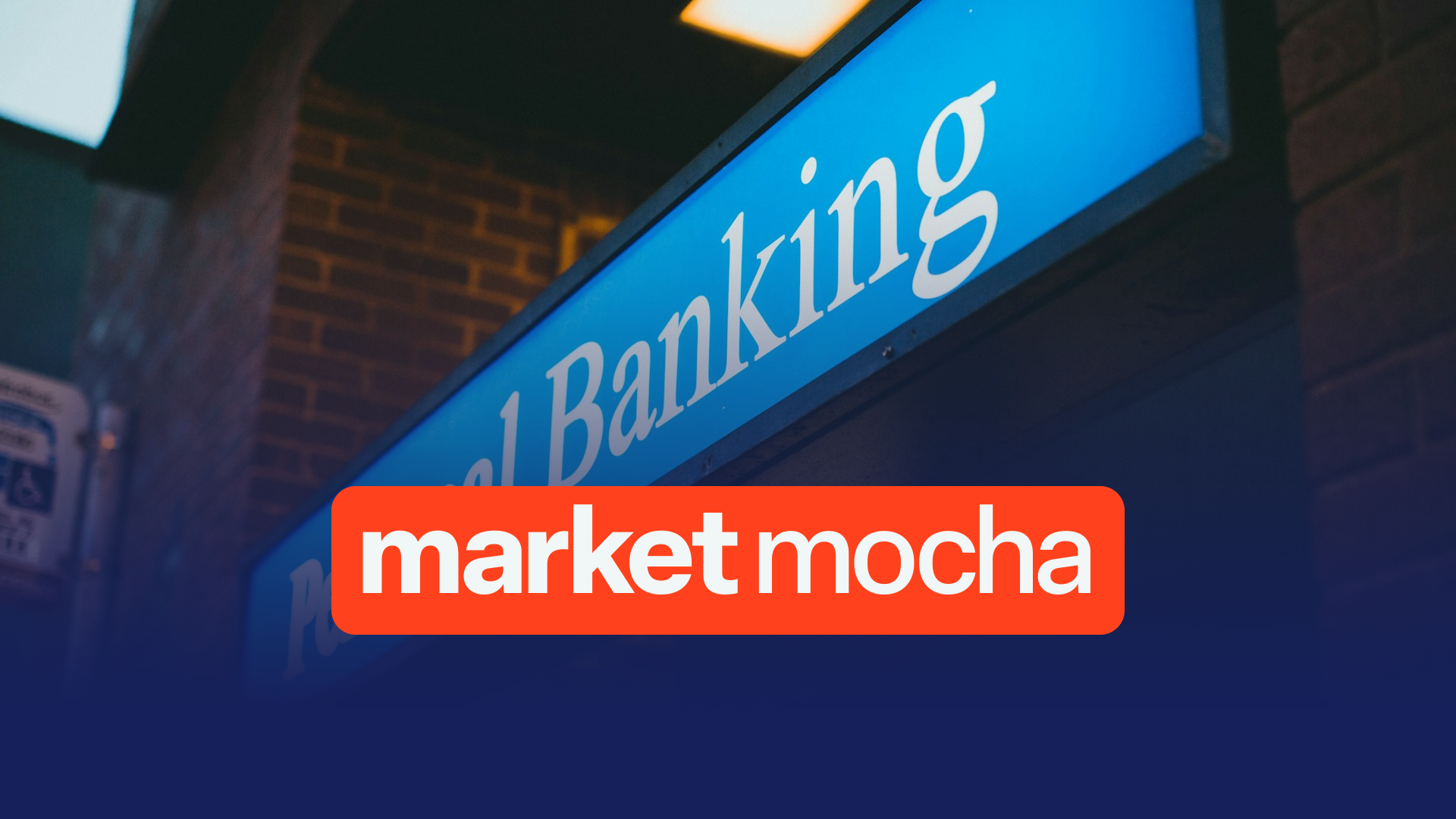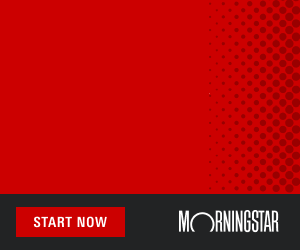Citigroup and Bank of America have reported stronger-than-expected first-quarter results, lifting bank shares despite mounting economic uncertainty linked to new tariffs and policy risks.
Bank of America shares rose 4.4% and Citigroup gained 3.4% after both lenders beat Wall Street expectations on the back of robust trading activity, resilient consumer spending, and stable credit quality.
Trading volatility and card growth drive earnings
Citigroup’s net income jumped 21% to US$4.1 billion, or US$1.96 per share, on revenue of US$21.6 billion — a 3% rise from a year earlier. Trading revenue reached US$6 billion, with fixed income up 8% and equities soaring 23%. Its investment banking division posted a 12% increase to US$2 billion, while the wealth segment achieved record revenue of US$2.1 billion, led by its “Wealth at Work” unit.
Consumer banking also contributed, with U.S. personal banking revenue up 2% to US$5.2 billion. Gains in branded cards and retail banking were partially offset by weaker retail services. Net interest income increased 6% as loan growth and wider deposit spreads supported performance. Credit loss provisions rose 15% to US$2.7 billion.
Bank of America reported net income of US$7.4 billion, up 11% from a year earlier, on revenue of US$27.4 billion — a 6% increase. Earnings per share came in at US$0.90, supported by record equities trading revenue of US$2.2 billion (up 17%) and a 5% increase in fixed income trading to US$3.5 billion.
Its consumer division posted 3% revenue growth to US$10.5 billion, as combined credit and debit card spending rose 4% to US$228 billion. The bank added 250,000 new checking accounts — its 25th consecutive quarter of growth — and recorded four billion digital logins, with 65% of sales now completed digitally.
Bank of America also reported a 1% rise in consumer loan borrowing and an uptick in deposits and commercial lending. Asset management fees rose 15%, driven by the addition of 7,200 new Merrill and Private Bank relationships.
CEOs highlight resilience amid policy uncertainty
Citi CEO Jane Fraser struck an optimistic note about the U.S. dollar and global trade:
“When all is said and done, and longstanding trade imbalances and other structural shifts are behind us, the US will still be the world’s leading economy, and the dollar will remain the reserve currency,” Fraser said. “Cross-border trade flows will change… We’ll be in the middle of facilitating that.”
Bank of America CEO Brian Moynihan also underscored consumer resilience, while acknowledging policy risks:
“Our business clients have been performing well, and consumers have shown resilience, continuing to spend and maintaining healthy credit quality,” he said, adding that “there’s a lot that could potentially change given the uncertainty around tariffs and the future path of the economy.”
Moynihan noted that Bank of America’s global research team does not expect a U.S. recession this year, though it has trimmed its GDP growth forecast.
Analyst reaction and market context
Despite headline beats, some analysts viewed the quarter as broadly in line. Keefe, Bruyette & Woods analyst David Konrad rated Bank of America as “outperform,” noting the strong but expected performance.
Prior to Tuesday’s rally, Bank of America shares had fallen 17% this year amid global market volatility driven by tariff uncertainty and signs of slowing economic momentum. Last week, JPMorgan Chase CEO Jamie Dimon warned of a “likely” recession in comments to Fox Business, citing reduced spending by both consumers and businesses.





